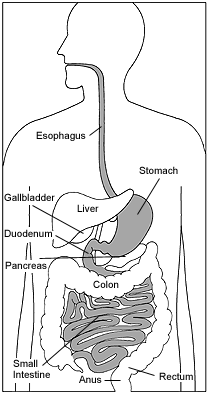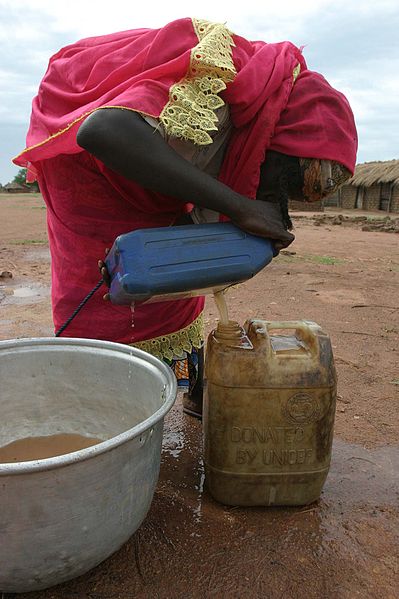Habitat
Campylobacter jejuni thrive in the mucosal membranes of the gastrointestinal tract in birds, humans, and other mammals. Conditions need to be right regarding oxygen levels at 3-5% and carbon dioxide at 2-10%. Bad news, these levels are what you would find in your digestive tract.
These bacteria are highly successful in
what could be considered to be a fairly hostile environment low
in oxygen and heavily protected by the hosts immune system.
Despite that, it only takes 35 total organisms to
colonize a few day old chick intestine. [3] Even in humans the
infective dose is very small, requiring just 400-500 bacteria.
[7]

Common vectors these bacteria are capable of surviving in and
in turn use to get themselves inside hosts include raw poultry,
raw milk, and untreated water.
